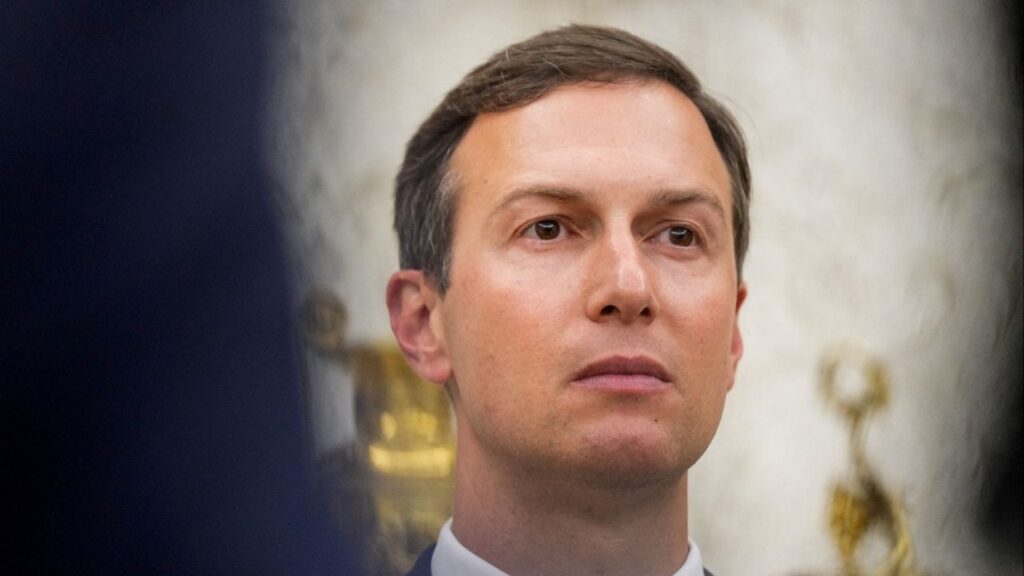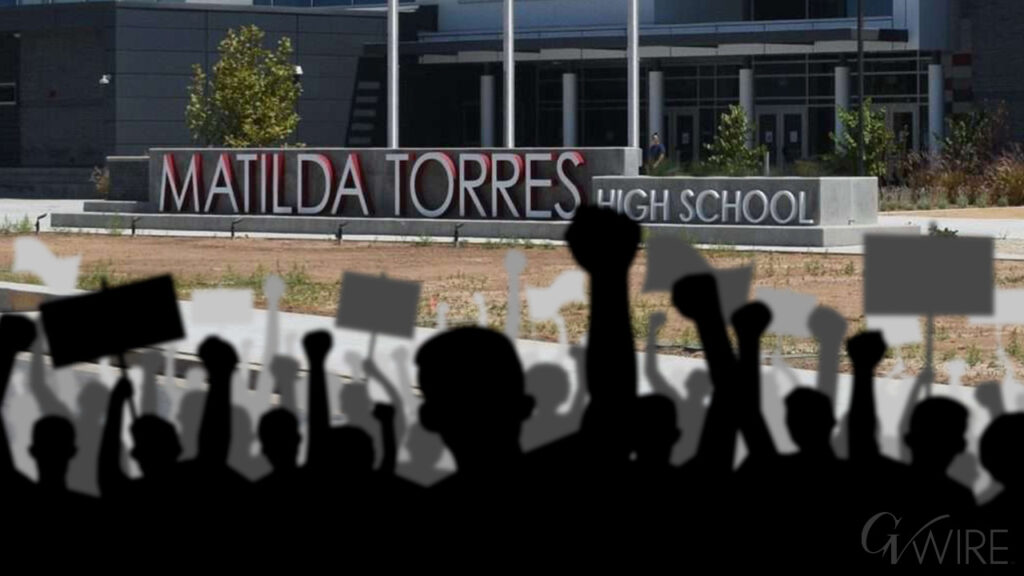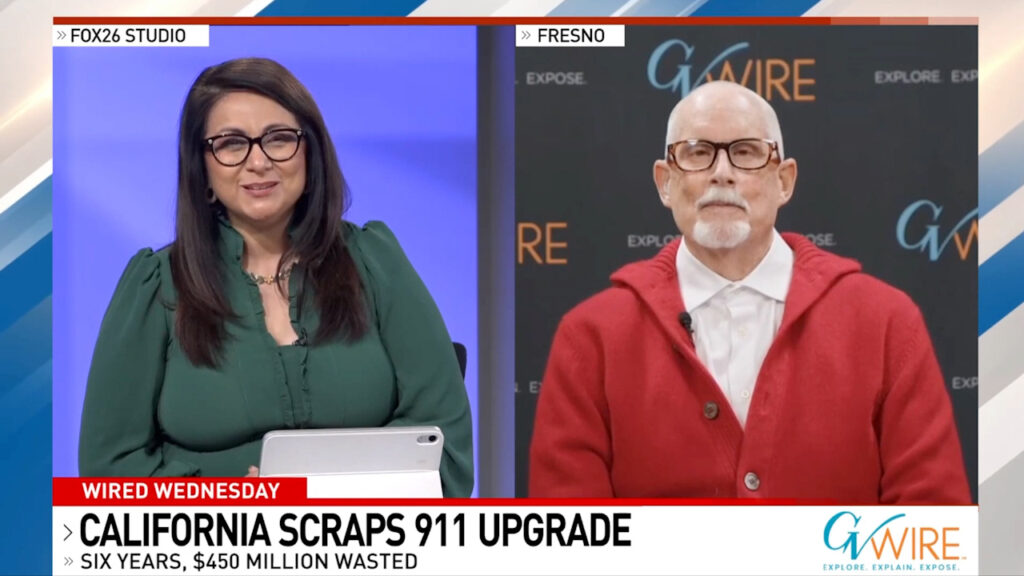Participants at the International Monetary Fund and World Bank meetings this week reckoned with the prospect that the U.S. safe haven could lose its luster. (Christina Lee/The New York Times)

- Treasury Secretary Scott Bessent reassured global leaders about the administration's strong-dollar policy.
- Recent market volatility and dollar weakening contrast sharply with the optimistic outlook from six months prior.
- President Trump's tariff announcements preceded a significant drop in the dollar's value against major currencies.
Share
WASHINGTON — On the sidelines of the spring meetings of the International Monetary Fund and World Bank this past week, Treasury Secretary Scott Bessent tried to convey an important message about the U.S. dollar.
Speaking to a crowd of global policymakers, regulators and investors, Bessent sought to allay fears that had ballooned in recent weeks about the dollar’s global standing and the country’s role as the safest haven during times of stress. He reiterated that the administration would continue to have a “strong-dollar policy” and affirmed it would remain the currency the rest of the world wanted to hold, even though it had weakened against most major currencies.
Reassuring Global Partners
For participants at the event, Bessent’s comments were a needed salve after a bruising couple of weeks in financial markets as a result of President Donald Trump’s trade war. Violent swings in stocks, coinciding with the weakening of the dollar as investors fled U.S. government bonds, had incited panic.
What now looms large are uncomfortable questions about what happens if the international community starts to lose faith in the dollar and other U.S. assets, something that economists warn would be costly for Americans.
Shifting Economic Outlook
At a similar gathering hosted by the IMF and World Bank six months ago, attendees were preparing for an entirely different economic backdrop. Convening less than two weeks before the presidential election, they still had in their sights a rare soft landing in which the major central banks finished their fight against high inflation while managing to avoid a recession.
The tariffs Trump had been talking about on the campaign trail were top of mind, but for the most part, they were viewed as a negotiating tactic. Any turn toward protectionism was widely expected to push up the value of the dollar compared with other currencies. The rationale was that tariffs would lower demand for imported goods, since they would make them more expensive for American consumers, and over time result in fewer dollars being exchanged for foreign currencies.
Dollar’s Recent Decline
But since Inauguration Day, the opposite has occurred. An index that tracks the dollar against a basket of major trading partners has fallen nearly 10% in the past three months. It now hovers near a three-year low. The sharpest slide came after Trump announced large tariffs on nearly all imports in April. While he temporarily reversed course, the dollar has yet to recoup its losses.
—
This article originally appeared in The New York Times.
By Colby Smith/Christina Lee
c. 2025 The New York Times Company


















